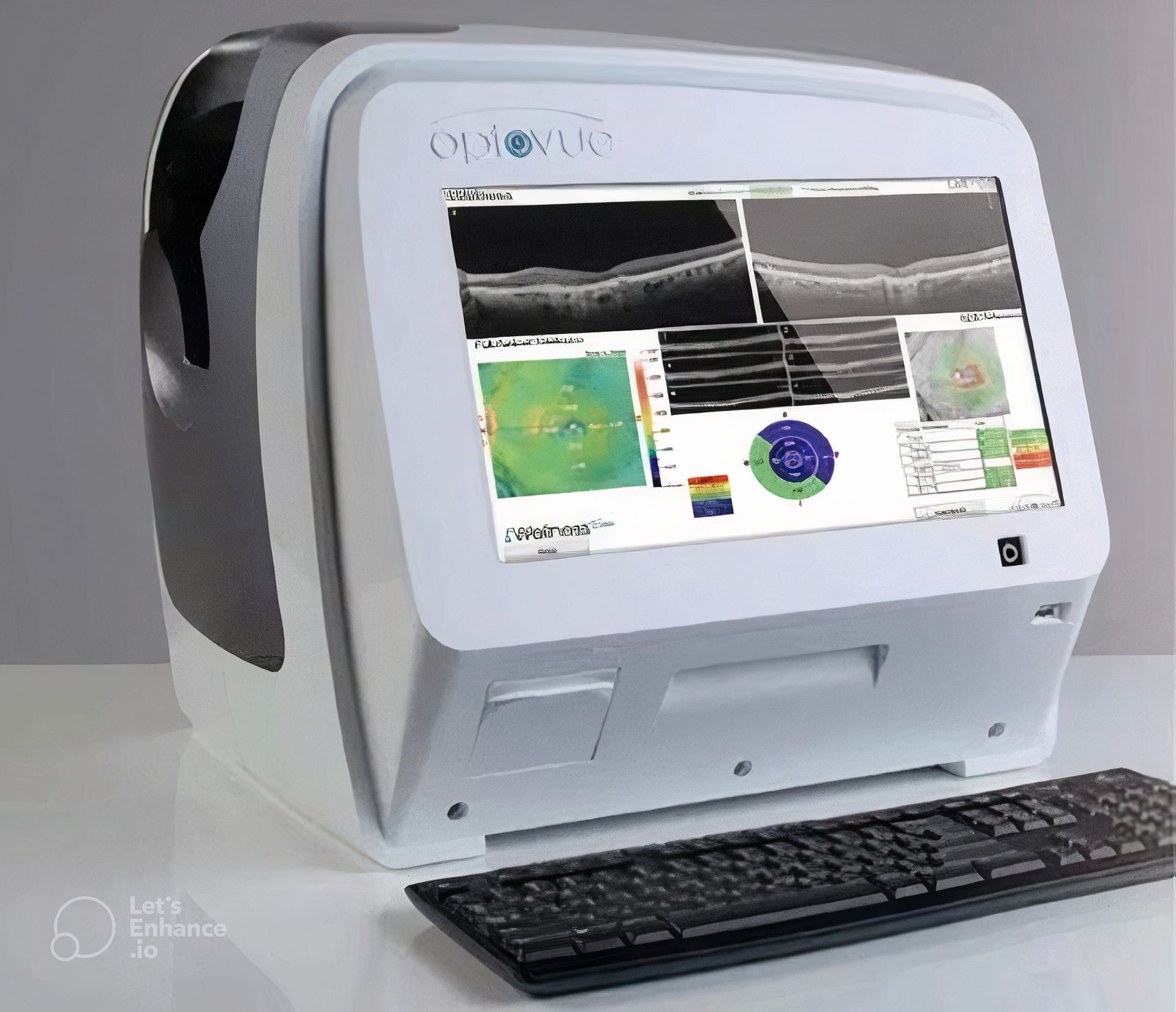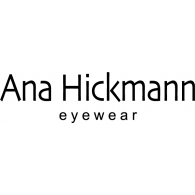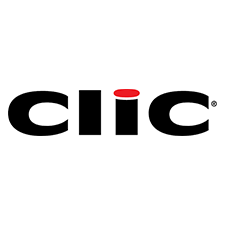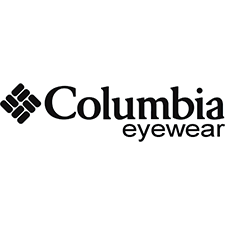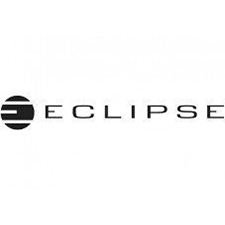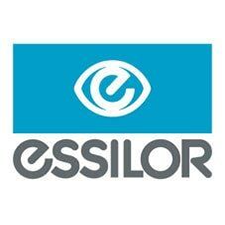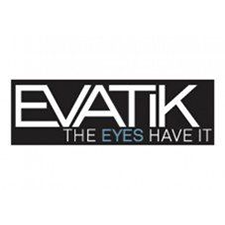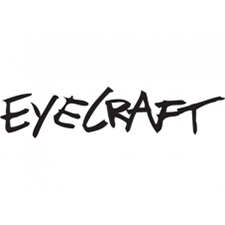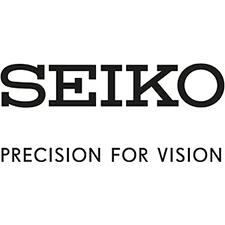Optical Coherence Tomography in Cairns
Advanced Imaging with OCT Technology
- Michael Chu Optometrist uses Optical Coherence Tomography (OCT) to provide detailed cross-sectional images of the retina.
- This advanced, non-invasive imaging technology allows us to detect and monitor conditions such as glaucoma, macular degeneration and diabetic retinopathy.
- OCT helps identify even the smallest changes in the retina, often before symptoms appear.
- The scan is quick, painless and requires no contact with the eye.
- We recommend OCT imaging especially if you have diabetes, a family history of eye disease or experience sudden changes in vision.
- Call us at
(07) 4031 2788 to book your appointment at our Cairns clinic today.
Extensive range of frames and sunglasseS
Partnered with the Australian Optometrist Association
Electronically claim on health care through all major funds
Early Detection for Better Eye Health
OCT is critical in identifying early signs of eye diseases that can progress silently, such as glaucoma, where damage to the optic nerve occurs gradually, often without noticeable symptoms. The high-resolution images allow us to monitor the retinal layers in great detail, tracking changes over time and ensuring treatment plans are adjusted promptly if needed.
This technology is particularly beneficial for patients managing diabetic retinopathy or macular degeneration, as it provides precise information about swelling or abnormalities in the retina. OCT can also detect fluid buildup or changes in the macula, which affects central vision. Regular OCT scans are essential for anyone with chronic eye conditions, allowing for early detection and effective management. Whether it’s part of your annual eye exam or a targeted assessment, OCT imaging keeps your eye care one step ahead, helping protect your vision for the long term.


